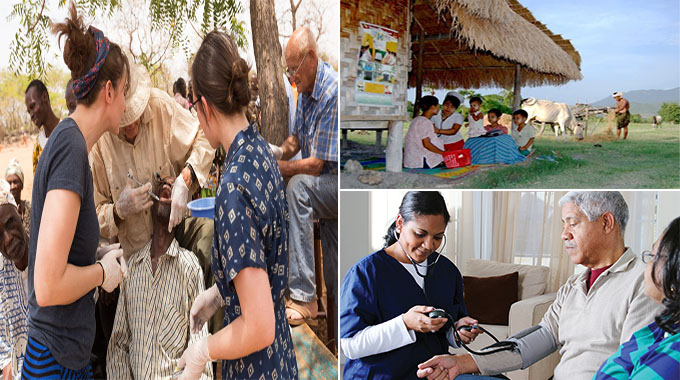Here are some health center services examples: Behavioral health care, dental care, and specialized care. For more information, see the following examples:
Specialized care
Many people don’t realize how important specialty care is in the U.S., but more than 35 million Americans do not have access to it. In addition, there are millions more who are underinsured or on Medicaid. If health systems and health centers were to work together, everyone would benefit. The first step toward implementing this care would be to create a model of care for low- income patients. This model would focus on providing access to specialty care while also coordinating care.
Dental care
While dental care is typically the domain of a physician, new models of health centers offer oral health care in the community. In California, “virtual dental homes” demonstrate the integration of oral care with general health care. Specially trained dental practitioners provide preventive and simple restorative care in community settings using portable imaging equipment and web-based records. The health center’s dental staff can share patient information with collaborating physicians, turning oral health concerns into preventive opportunities.
Behavioral health care
Behavioral health problems are not uncommon in our society. One out of five people in the United States experiences some sort of mental health problem, and the associated cost of care is estimated at $57 billion annually. Depressive disorders alone account for one-fifth of all heart attack cases. Untreated depression doubles the risk of future heart attacks and prevents proper management of chronic conditions. Even more troubling, untreated depression increases the risk of suicide.
Diagnostic lab and radiology services
A health center’s diagnostic services facilitate the timely, accurate and affordable diagnosis of medical problems. These services are comprised of diagnostic laboratory and radiology tests. In addition, they provide diagnostic imaging services in the form of ultrasounds and CT scans.
These diagnostic tests use high-frequency sound waves to produce a cross-sectional image of the body. These tests are useful for a variety of purposes, including determining fetal development and detecting anomalies.
Location requirements
Health centers must meet certain location requirements in order to qualify for grant funding. These locations must be within a Medically Underserved Area (MUA) or serve a designated population. Some exceptions include Migrant and Seasonal Agricultural Worker Health Centers, Health Care for the Homeless programs, and Public Housing Primary Care Programs. However, a Health Center may be located in an urban or rural location, as long as it meets the minimum requirements.
Staffing requirements
A health center must carefully consider the population it serves and its needs when determining its staffing needs. The staffing levels must be based on the average daily census and be constantly assessed and adjusted as patient needs change. The health center must ensure that all employees have the appropriate credentials and training, and it must also maintain the files for clinical staff, including credentialing and privileges. Staffing levels should be adequate and not exceed the number of patients served.











